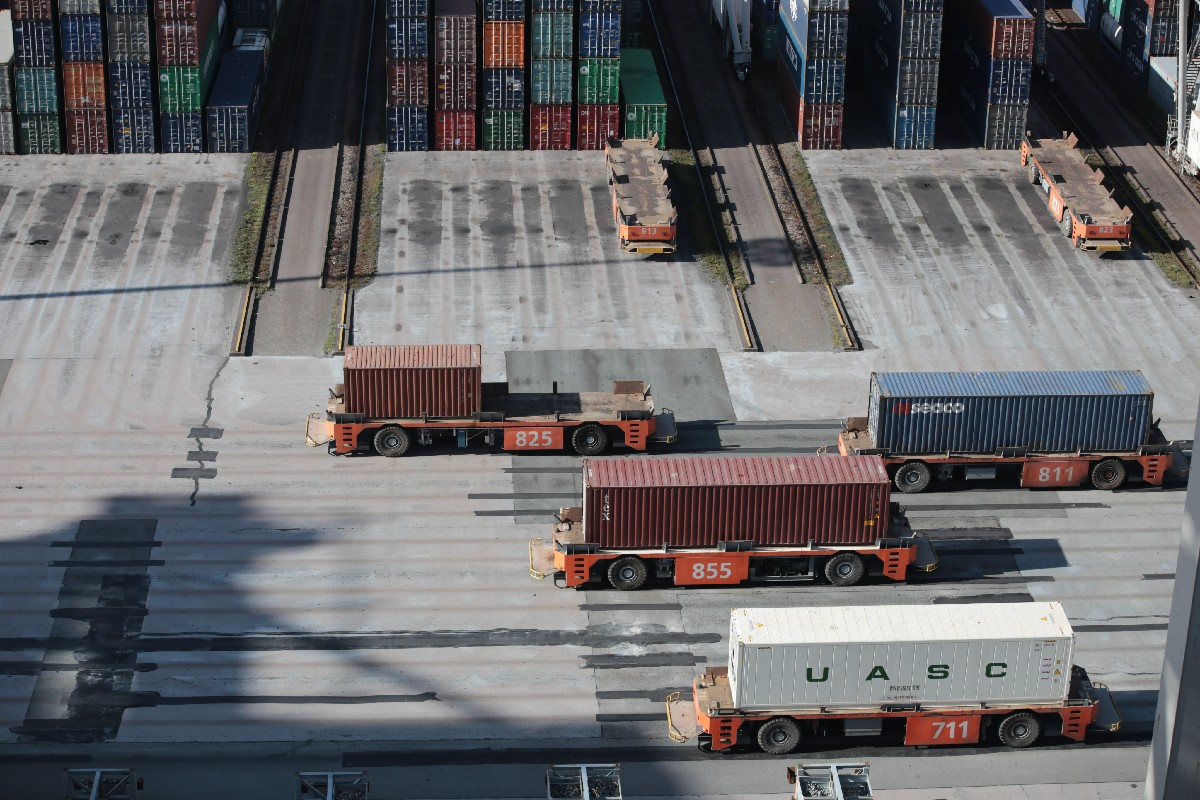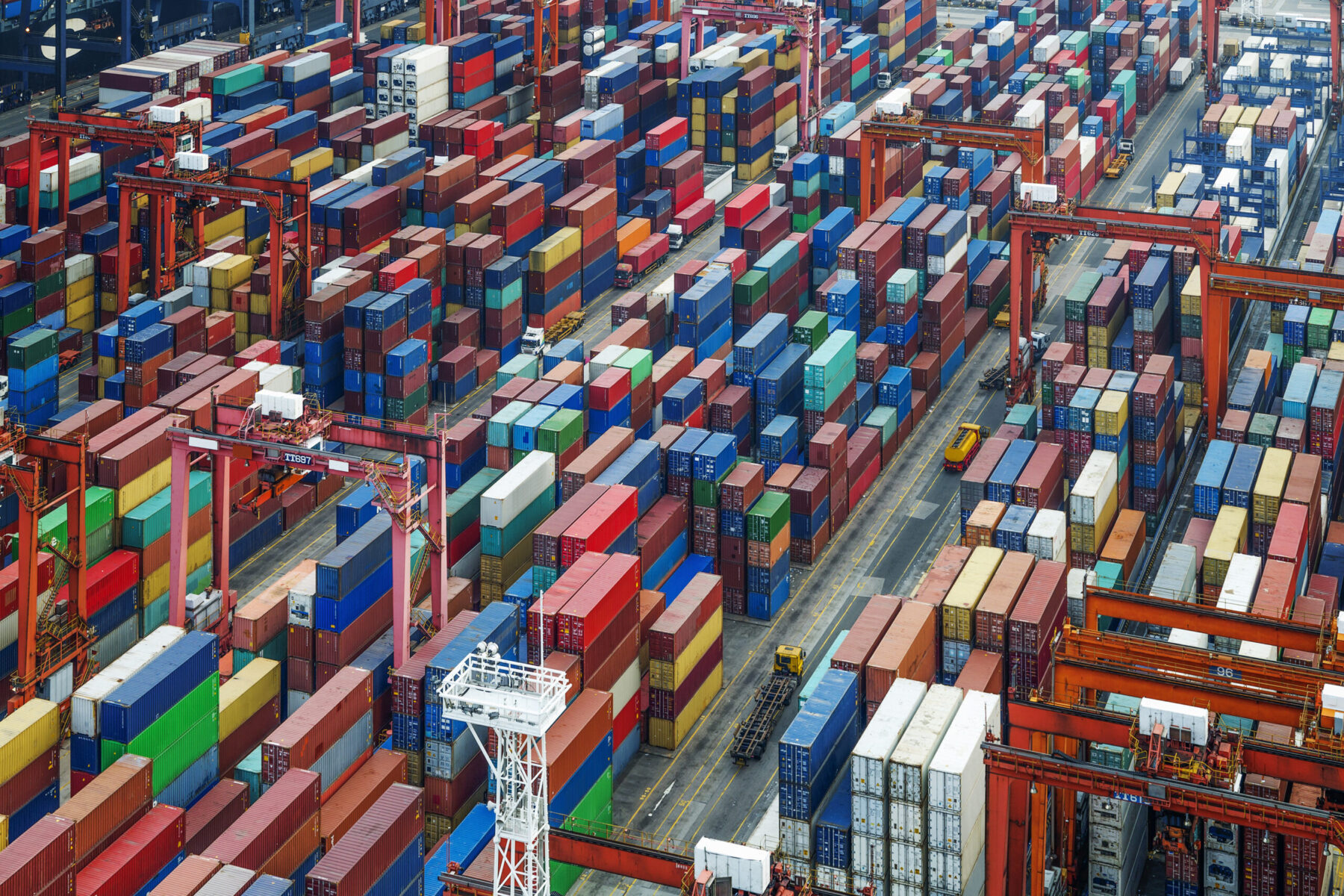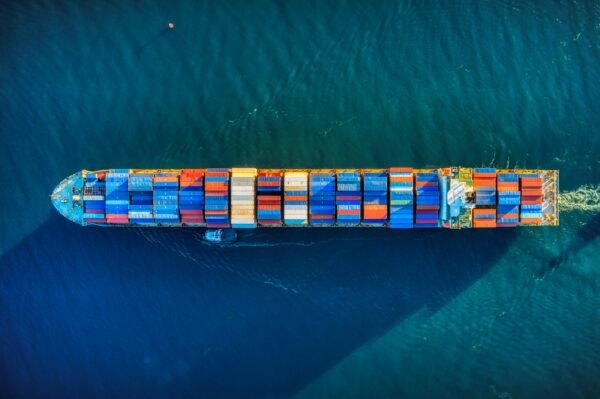Turning supply chain visibility into tangible value
Aug 26, 2022
Scroll to find out more
Aug 26, 2022
Scroll to find out more

In a world that throws up constant disruptions – recent years have delivered pandemics, conflicts, industrial action, congestion and more – the value of supply chain visibility has become clear. But as with all tools, it’s all about what you do with it.
The value of visibility varies depending on factors like your supply chain, network structure, target market and business sector. Getting caught up in the idea of visibility for its own sake can be an expensive vanity project.
To dig into the practical side of supply chain data and insights, we recently sat down on our podcast, Freight to the Point, with one of the veterans of this space, Michel Stekelenburg, Senior Director of Strategic Accounts at project44. Their platform provides real time end-to-end transportation visibility data across all modes and trade lanes, to help shippers and forwarders make better decisions.
So, what do those decisions look like in practice and why do they matter?
Once upon a time, it was expected that supply chains would be the last thing a client, either in B2B or B2C, would care about. As long as the product arrives on time, who cares how it got there? That was until a global pandemic showed just how fragile the systems underpinning the global movement of goods really were.
‘It’s kind of a new standard for both B2C, B2B and the market is basically demanding [visibility],’ explains Michel. ‘They’re expecting that you as a shipper or as a carrier are able to provide real-time insights on their shipments.’
In a time where every corner of the economy is facing challenges, from consumers to businesses, clients want reassurance and clarity regarding their orders. Part of this is the knock on effect for the radical, customer-focused supply chain strategy of businesses like Amazon, that have made transparency and delivery a core part of their offering.
Today, missed delivery dates or surprise charges just don’t cut it. And while customers don’t expect you to be perfect, they do expect to be kept in the loop.
Businesses that can deliver this insight have a chance to distinguish themselves from competitors and retain more business, just by being open and honest. ‘If you can provide that real-time insight and, say, catch a delay early, you can inform the client in advance so they can take any precautions if needed.’ says Michel.
In practice, the service angle of supply chain visibility is a balancing act – how valuable is this information versus how much work do we have to put into getting it. For those with legacy systems still, it can really be a lot of work.
‘For legacy shippers, if they wanted to get insights on their shipments they needed to call freight forwarders or they needed to exchange emails, which was okay maybe years ago. But nowadays it’s kind of old school’, says Michel. Especially for businesses managing hundreds of shipments, sourcing data node by node is time consuming, stressful, dull and expensive. And that’s in a normal market – in a disrupted one, it’s constant firefighting and burnout.
The frustration for many is that the data is there – but the connections aren’t. Data on shipments will be sitting in an ERP, carrier’s TMS or an agent’s office overseas, but not be released until a human picks up the phone to chase it. It doesn’t have to be this way – the next generation of cloud supply chain management solutions, including ERPs, TMS and WMS systems, are made to connect. Once you have systems sharing data, your operations team can actually focus on using that data to make strategic decisions, rather than chasing documentation.
The first step in realising the value supply chain visibility can provide is establishing the ‘what’ – what’s delayed, where’s my container, what charges have I accrued, and so on. The exciting prospect for shippers is moving from ‘what’, to ‘why’.
‘If you have access to the right data, there’s so much more you can do. You can look into potential pain points. Why do I always experience certain delays at specific trade lanes and how can I use the data to drill down, find the cost and try to resolve that?’, says Michel.
As supply chains take on a more crucial role in business success, progressive optimisation is key to gaining a competitive advantage. In the first instance, this can help you reduce your shipping costs through choosing the right routes, improving container fill rates through smarter consolidation or reducing buffer inventory by aligning lead times with demand. But there are also more creative ways to use the data you get, such as appealing to eco-conscious consumers by reducing your supply chain emissions, or finding and investing in your most reliable suppliers to reduce delays, QA issues and returns.
In today’s market, visibility isn’t a nice to have – it’s an urgent concern. But for many businesses who are caught in the firefighting of keeping shipments moving in a constantly changing market, with crisis after crisis, finding the time to do so is a huge issue. Depending on the size of the business, there are varying levels of data complexity, systems integration and resources allocation to deal with. But putting it off can create its own issues.
‘Companies in that mid-market should definitely not wait because as we’ve seen, there are companies that are not here anymore because they didn’t make the right strategic decisions on how important visibility actually is,’ warns Michel.
Visibility doesn’t have to mean investing in a multi-node, API-loaded ERP and SCM solution, integrated over 12 months – in fact, given the urgency of the issue it probably shouldn’t. The priority now should be maintaining current business operations while building capacities for the future.
Working with a digital freight forwarder like Zencargo gives you the ability to execute your existing freight needs while also tracking, learning from and optimising the rest of your supply chain to start providing visibility into supply chain logistics. It doesn’t have to be operations or transformation – with the right partner you can do both.
Zencargo’s digital platform connects with a range of systems and manufacturers to give you not only the ‘what’ of your supply chain, but also the ‘why’ so you can focus on solving the issues that are slowing your business down, while anticipating the next disruption.
To find out more about our freight and technology services and how we can help drive more value from your supply chain, get in touch with our experts today.

To find out how you can take control of your supply chain costs and stay ahead...

To find out how you can navigate a path through uncertainty, book your free str...

To find out more about how Zencargo’s digital freight forwarding experts and te...